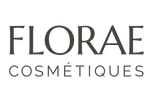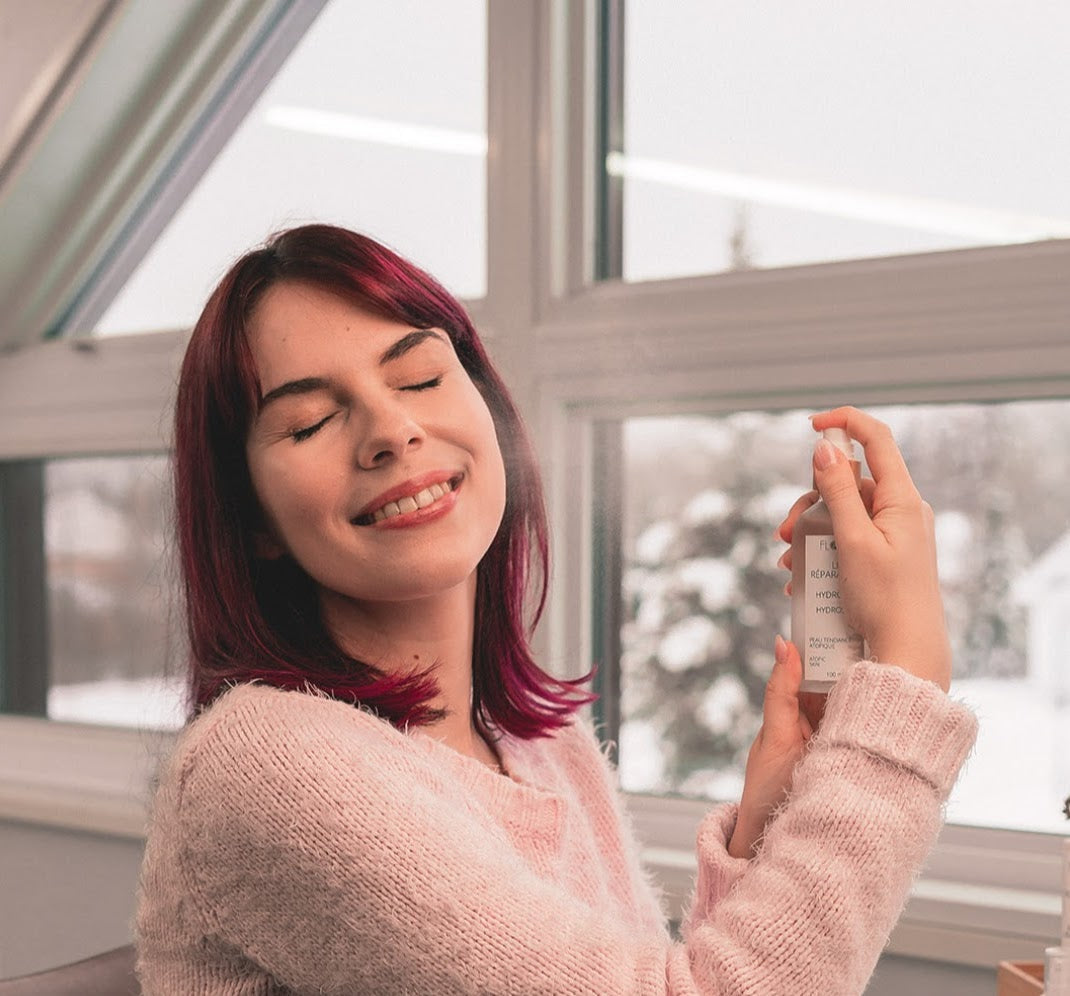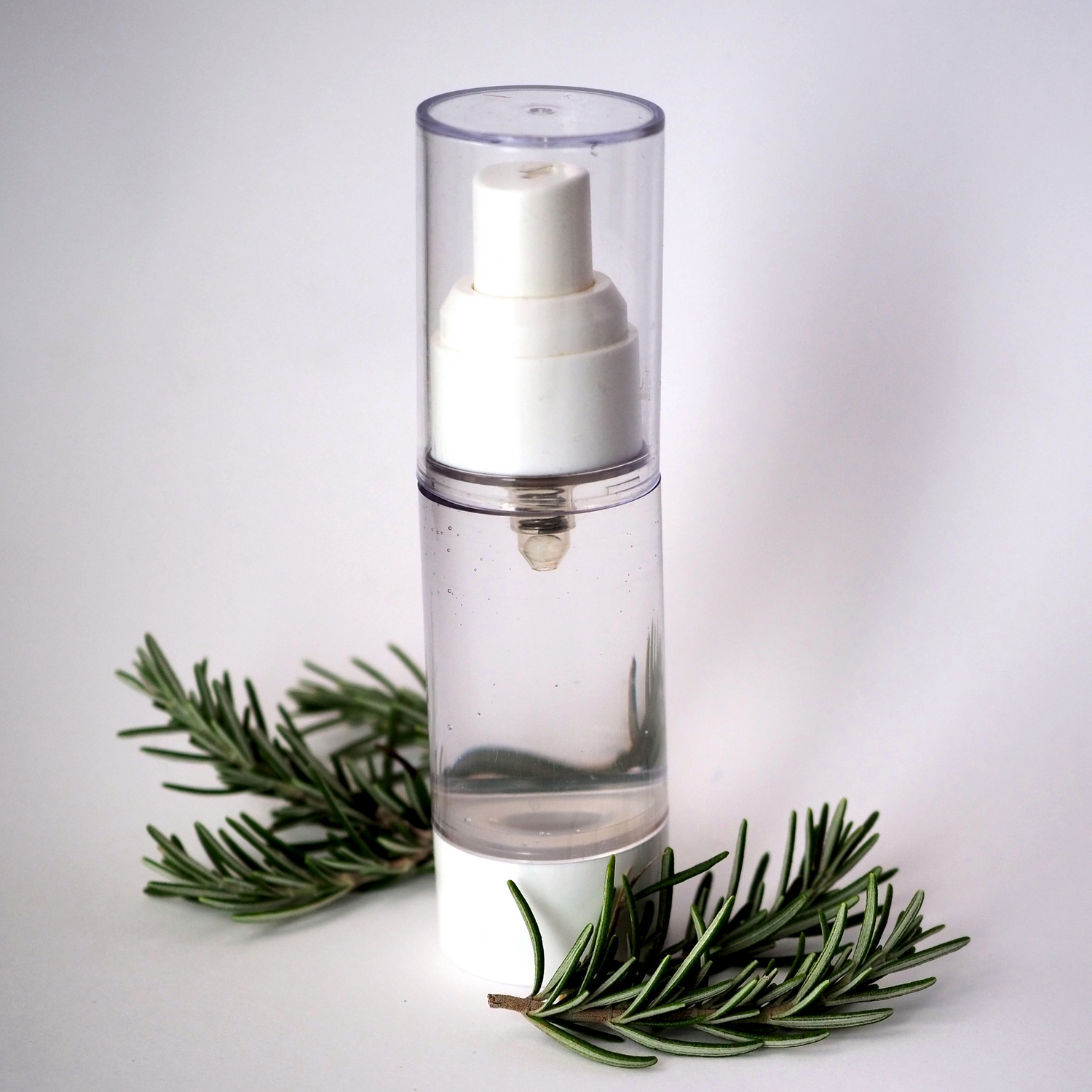Choosing your cosmetic products without getting ripped off.
According to cosmetic regulations, every product must have a label with a list of all ingredients according to the INCI (International Nomenclature of Cosmetic Ingredients). They must be listed in descending order of importance in the product. This way, it is easy to identify which ingredient is most present and which is least present. Remember that the first ingredients in the list are the ones that make up the majority of the product. Plants must be named in Latin and the other ingredients in English to make it easier to decipher around the world.
I'll give you the example of the composition of a cream to help you understand.
The development of a cosmetic formula is calculated as a percentage, for a total of 100%. Water is the first ingredient on the INCI list of a cream. It alone represents 60 to 80% of the total product. Not that it is useless, since it is water that hydrates the skin, but know that the price you pay for your cream is partly for water. There is the oil part that nourishes, provides nutrients, vitamins and minerals to your skin, which represents approximately 10 to 20% of the total of your cream. The rest of the formula should include the emulsifier (which binds the aqueous phase and the oily phase), preservatives and active ingredients. I say should , because this is unfortunately not the case for conventional cosmetics, which add many other superfluous ingredients to beauty products. Active ingredients, to be effective, should represent approximately 1% to 10% of the recipe. The problem is that in conventional cosmetics, there are so many unnecessary ingredients for the skin that there is very little room left for active ingredients, less than 1% in your small pot of cream. When a cream has a very long list of ingredients, the active ingredients are in such a low percentage that you can forget about their benefits. If you opt for Slow Cosmetics, the list of INCI ingredients will be much shorter, since no superfluous ingredients are added to the formulas, therefore, it will be normal to see most of the active ingredients at the end of the list since they represent approximately 1 to 10% of the total formula.
I gave you the example of creams, but there are also lotions, toners, butters, etc. A body butter, for example, should total about 99% fat and 1% antioxidant. However, I regularly notice that the term body butter is used, when in reality, the product also contains water, gums or other ingredients to thicken the so-called butter. Since fats are expensive, these other ingredients are used to make the final product less expensive. This is unfortunately the same "pattern" for most products.
In conclusion, the one and only way to know what you're buying is to read the LABEL. Companies that sell hot air don't feel threatened by the contents of their products at all because they know very well that most people don't read labels. Be stronger than them, turn around and start reading the ingredients on the label!







